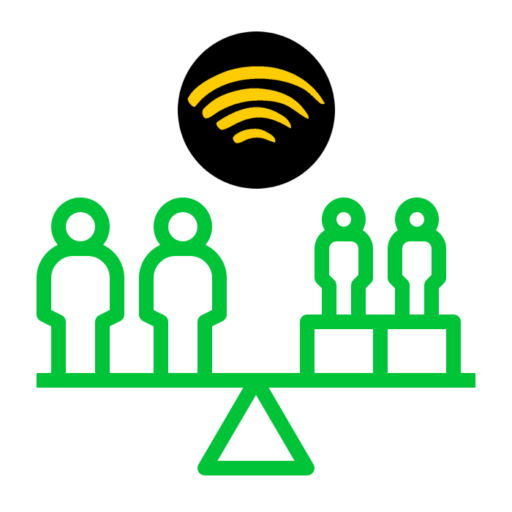Non-profits should compete for government funding to extend Broadband

Elsewhere on this website, we have already shown that the incremental cost of connecting an individual home to Broadband can be less than $200. Of course, that assumes that somewhere they connect to a physical wire (fiber) via an antenna on top of a tower or tall building. Someone does have to pay for the cost of achieving a certain height for your antenna. But often, locations for antennas can be used on existing infrastructure, which of course lowers that cost to effectively zero. Thus, it is the topology of the network being built and the mix of wireless versus wired that determines the ultimate average cost per household. In your municipality, who owns the right of way on top of tall buildings? Tall buildings, that are already there, and paid for. Should municipalities make ownership of rights of way on proposed new building construction a condition of being able to construct a building over a certain height? During a pandemic, should the government create a state of emergency that would provide rights of way to organizations wishing to operate community owned networks? It is important to note that the community owned network is not necessarily a government agency. Each household may own their own equipment with an antenna on the roof and a router inside the home. Each household is a member of that community, which might be a nonprofit or a volunteer organization. And do not be fooled by 5G promises to solve our problems, from businesses who are more into creating new “marketecture” than engineering architecture. They are much more interested in new business models for how they can set up tollbooths on what should be a public highway. Watch for an upcoming article by Bob Frankston in the March 2021 issue of IEEE. Those of you who are old enough will remember the days when the telephone company was the owner of the phone within your house. Monopolistic companies want to stop you from owning the soft and hardware needed to maintain communications. Open source software and open protocols for communications have shown themselves to be much more resilient than proprietary protocols owned by monopolistic corporations. In addition, decentralized and mesh networks are much more resilient and able to withstand an attack on the network. Witness the the disruption we have observed in communication networks going down in communities hundreds of miles away and across state lines after the Christmas bombing in Nashville, in front of an AT&T building.
It will be easy to compete with greedy providers
Let’s review the practices of different approaches to community owned networks that are described on this website. Then think about which approaches would work in your neighborhood. We are researching the formation of a 501(c)4 that would thus also be able to lobby in the interest of community owned networks.
US relief package provides $7 billion for broadband
And nearly $2 billion to remove Huawei and ZTE equipment
By Makena Kelly@kellymakena Dec 21, 2020, 9:44am EST
After months of deliberation, congressional leaders reached a $900 billion coronavirus relief deal on Sunday, including billions in funding for broadband internet access.
Congress’ latest relief measure provides $7 billion in funding for broadband connectivity and infrastructure. That figure includes $3.2 billion for a $50-per-month emergency broadband benefit for people who are laid off or furloughed during the pandemic, according to a press release from Sen. Ron Wyden’s (D-OR) office on Sunday.
The Verge
This bill has not been passed yet
We will be updating this post as more decisions are made with respect to this federal funding.







Responses